Introducing Rakewell, Apollo’s wandering eye on the art world. Look out for regular posts taking a rakish perspective on art and museum stories.
News that the Loro Parque Fundación has released two Lear’s macaws (Anodorhynchus leari) into their natural habitat in Brazil has had Rakewell squawking with pleasure. These Brazilian parrots were first described in the 1850s but would not be defined as a distinct species until 1978, when an ornithologist discovered their wild population. At that point, they were named after Edward Lear, the painter-poet whose first publication, in 1832, was a volume of lithographic reproductions of his drawings of parrots made in the Zoological Gardens in Regent’s Park.
The young Lear took to birds like, well, a duck to water. In December 1830, in a verse note to a friend, Harry Hinde, he wrote that ‘ever since breakfast / I’ve had one bun merely’, so ensconced was he in drawing his feathered friends: ‘For all day I’ve been a- / way at the West End, / Painting the best end / Of some vast Parrots / As red as new carrots […]’. Although some of his sketches were of stuffed birds, he insisted, as his biographer Jenny Uglow observes, ‘in drawing from live birds wherever possible’. And these were not only specimen drawings, but portraits of individual parrots: ‘A huge Maccaw is now looking me in the face as much as to say – “finish me”,’ he wrote in one letter.
One of Lear’s drawings was of a deep blue parrot, with a patch of yellow below its beak. At the time, this was thought to be a hyacinth macaw, although it bears a close resemblance to the species that was later given his name.
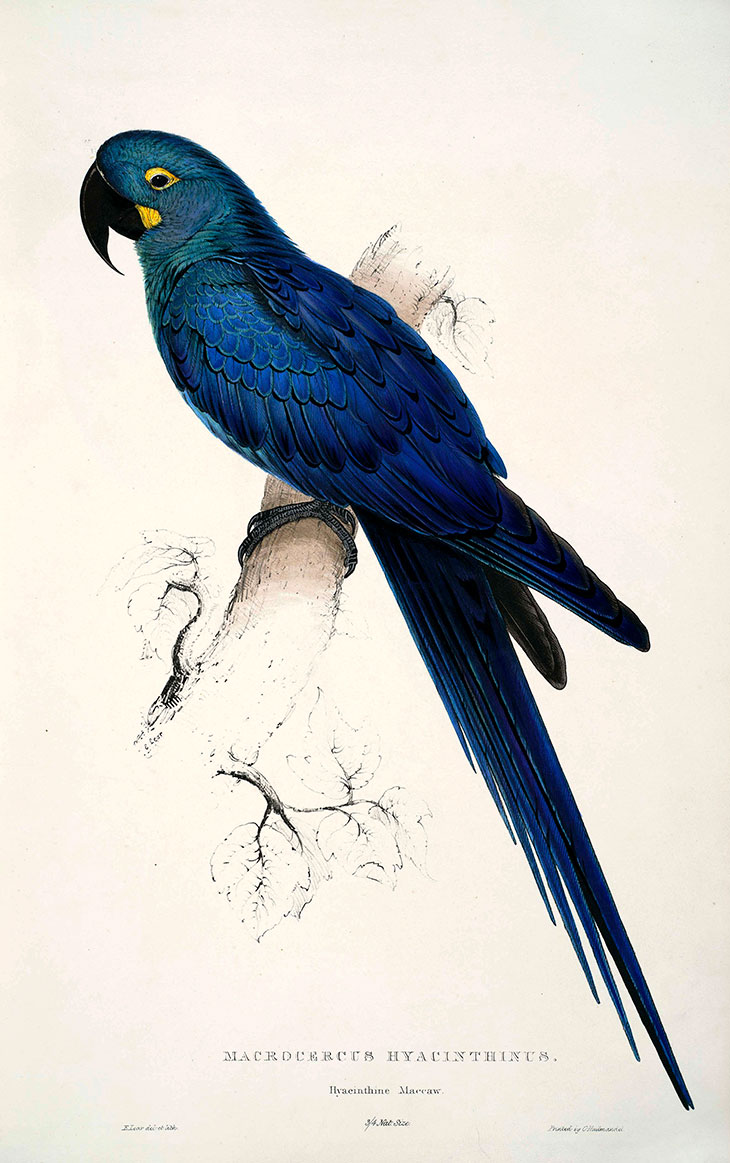
A feather in his cap: a plate from Edward Lear’s first publication, Illustrations of the Family of Psittacidae, or Parrots, published in 1832 – and depicting what he believed to be the ‘Hyacinthine Maccaw’
Until recently, the Lear’s macaw was listed as ‘critically endangered’ on the Red List of the International Union for Conservation of Nature (IUCN). It is now ‘endangered’, and safe for the time being from the threat of extinction. The latest pair of parrots to be released in Brazil by the Loro Parque Fundación, based in Tenerife, brings to eight the number that have been returned to their natural habitat since 2018.
Your correspondent can’t help feeling that Edward Lear, that great roamer, would have been pleased. ‘For the last 12 months I have so moved – looked at, – & existed among Parrots’, he wrote in the early 1830s. Against the odds, Lear’s macaw still exists – and where it should.
Got a story for Rakewell? Get in touch at rakewell@apollomag.com or via @Rakewelltweets.
Unlimited access from just $16 every 3 months
Subscribe to get unlimited and exclusive access to the top art stories, interviews and exhibition reviews.

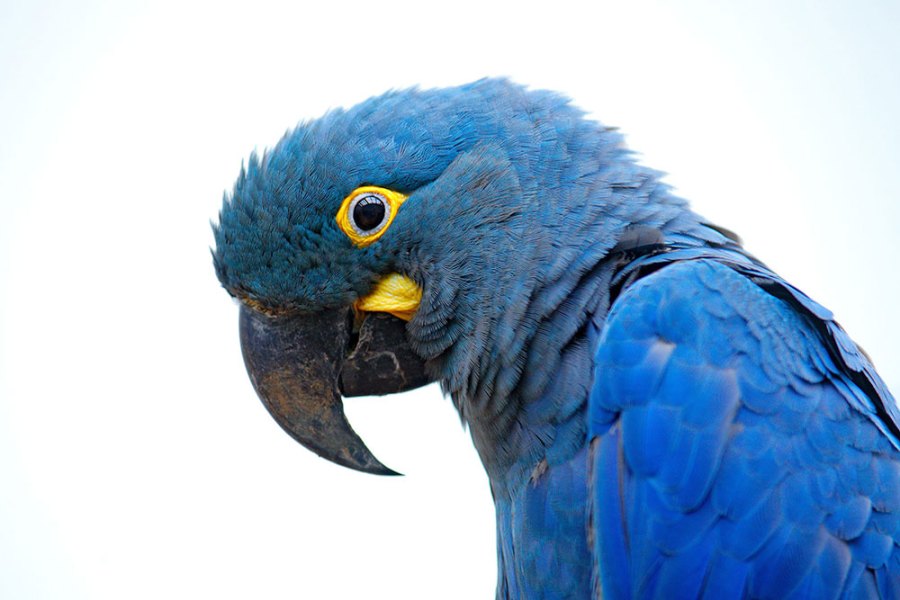
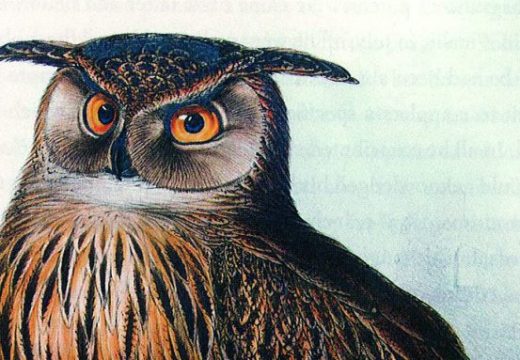
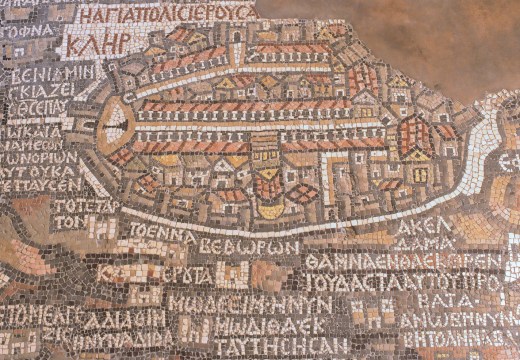
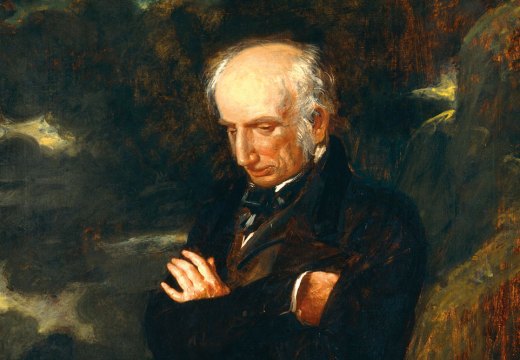









![Masterpiece [Re]discovery 2022. Photo: Ben Fisher Photography, courtesy of Masterpiece London](http://www.apollo-magazine.com/wp-content/uploads/2022/07/MPL2022_4263.jpg)
It’s time for the government of London to return to its rightful home